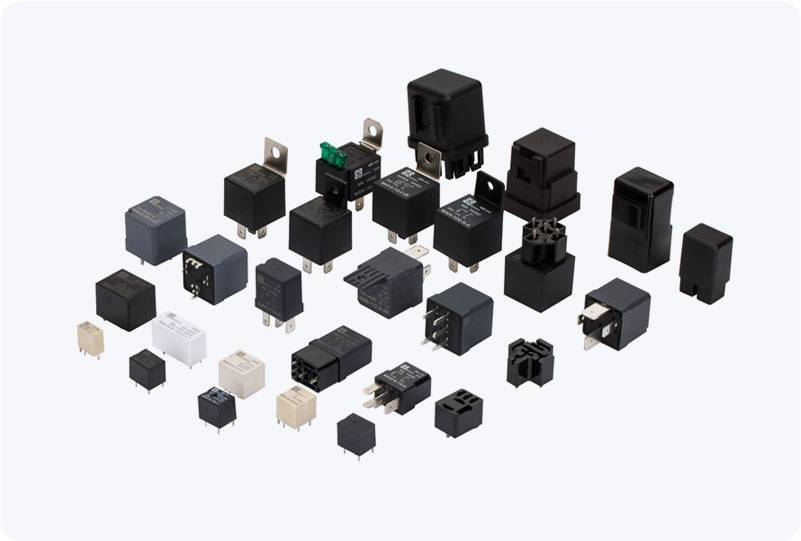understanding the importance of precharge relay in power electronics
Release time:2025-10-20 13:00:58
Precharge relay systems play a vital role in modern power electronics, particularly in high-voltage direct current (DC) circuits, electric vehicles (EVs), and power conversion systems. Their primary function is to prevent damage to sensitive components by controlling the current during the initial stages of system startup. In this article, we will explore the working principle, significance, and applications of precharge relays in various systems, shedding light on their importance in maintaining reliability and efficiency.

What is a Precharge Relay?
A precharge relay is an electrical component used in power systems to limit the inrush current when charging capacitors or connecting circuits to a power supply. It acts as an intermediary, preventing the sudden surge of current that can occur when capacitors, especially large ones, are charged too quickly. These surges, known as inrush currents, can cause significant damage to sensitive components like power transistors, controllers, and fuses if not properly managed.
The precharge relay works by gradually charging the capacitors to the supply voltage level before switching to a low-resistance path that allows the full current flow. This controlled process reduces the chances of damaging electrical components and helps to prolong the lifespan of the system.

